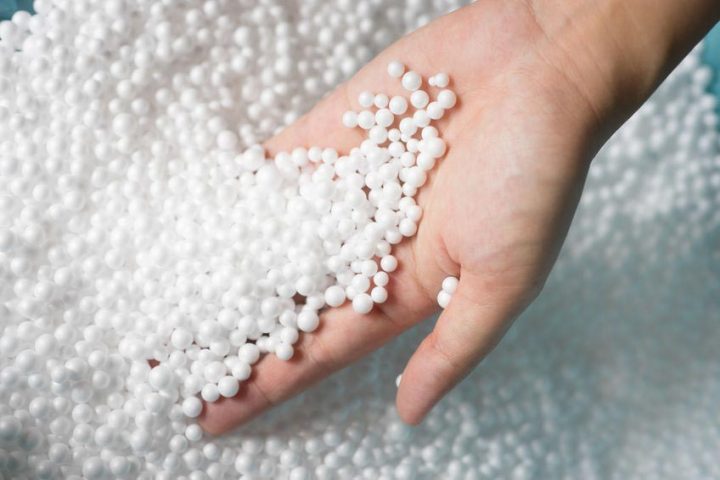
Water pillows are becoming increasingly popular. Does one deserve to be on your bed? Let’s look at their advantages and disadvantages. But before we do, let me describe exactly what a water pillow is.
A water pillow is not merely a pillow filled with water. Rather, in addition to having a water bladder secured at the base, the pillow has a polyester fiber layer that floats on top. In other words, the pillow could more precisely be called a water / fiber pillow.
One of the most significant things to know about water-based pillows is that they have been shown in numerous credible studies, including a published clinical study conducted at Johns Hopkins School of Medicine, to decrease pain and enhance quality of sleep.
Water Pillows Advantages
Just as a waterbed conforms and contours to your body, a water pillow conforms and contours to your head and neck area, allowing them to fully relax without experiencing pressure points.
With a water pillow, the water inside instantly adjusts to maintain correct head and neck support as you move. The pillow’s contouring properties are helped by the fact that the pillow is not likely to clump, shift, or develop hollow spots.
Another advantage is that you can adjust the water level inside by adding or removing water. This allows you to affect the loft and firmness of the pillow to meet your preferences. The more water the pillow has, the higher and firmer it will be.
Water Pillows Disadvantages
The pillows can be heavy since they are filled with water. Fully filled they can weigh 15 pounds or more. This can make moving them and making the bed difficult and potentially dangerous to someone with a bad back.
Another disadvantage is that the water inside the pillow can make noise when your head is on it if you don’t remove the air fully from the bladder.





